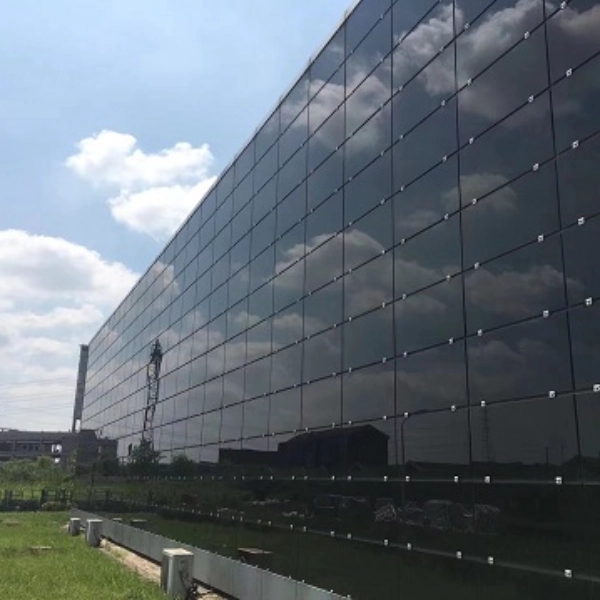In our increasingly electrified world, the reliance on electrical systems is more profound than ever. From powering our essential appliances to enabling sophisticated smart home technologies, electricity is the backbone of modern living. However, with this reliance comes the inevitable risk of electrical problems, which can range from minor inconveniences to serious safety hazards. Understanding the most common causes of these issues is crucial for homeowners and professionals alike. This article delves into the primary culprits behind electrical problems, providing insights that can help mitigate risks and enhance safety.
- Overloaded Circuits: A Silent Threat
One of the most prevalent causes of electrical problems is overloaded circuits. This occurs when too many devices draw power from a single circuit, exceeding its capacity. Each circuit is designed to handle a specific load, typically measured in amperes. When this limit is surpassed, it can lead to overheating, tripped breakers, or even electrical fires.
Preventive Measures:
- Distribute Load: Spread out electrical devices across multiple circuits.
- Upgrade Circuits: Consider upgrading to higher-capacity circuits if you frequently experience overloads.
- Use Circuit Breakers: Install modern circuit breakers that can handle fluctuations in electrical load.
- Faulty Wiring: The Root of Many Issues
Faulty wiring is another significant contributor to electrical problems. This can stem from various factors, including age, poor installation, or damage from pests. Over time, insulation can wear down, exposing wires and increasing the risk of short circuits and electrical fires.
Preventive Measures:
- Regular Inspections: Schedule periodic inspections by a licensed electrician to identify and rectify wiring issues.
- Upgrade Old Wiring: If your home has outdated wiring (such as knob-and-tube or aluminum wiring), consider a complete rewiring to meet current safety standards.
- Pest Control: Implement pest control measures to prevent rodents from gnawing on wires.
- Grounding Issues: Ensuring Safety
Proper grounding is essential for electrical safety. Grounding provides a path for excess electricity to safely dissipate into the earth, preventing shocks and equipment damage. Grounding issues can arise from improper installation or degradation over time.
Preventive Measures:
- Check Grounding Systems: Ensure that your grounding systems are up to code and functioning correctly.
- Use Ground Fault Circuit Interrupters (GFCIs): Install GFCIs in areas prone to moisture, such as kitchens and bathrooms, to enhance safety.
- Aging Electrical Systems: Time Takes Its Toll
As homes age, so do their electrical systems. Older systems may not be equipped to handle the demands of modern appliances and technology, leading to frequent problems. Additionally, outdated components may lack the safety features found in newer systems.
Preventive Measures:
- Upgrade Electrical Panels: Consider upgrading your electrical panel to accommodate increased power demands.
- Replace Old Components: Replace aging outlets, switches, and breakers with modern, safer alternatives.
- Environmental Factors: Nature's Impact
Environmental factors such as moisture, temperature fluctuations, and even natural disasters can significantly impact electrical systems. Moisture can lead to corrosion and short circuits, while extreme temperatures can affect the performance of electrical components.
Preventive Measures:
- Seal Entry Points: Ensure that all entry points for wires are sealed to prevent moisture ingress.
- Install Surge Protectors: Use surge protectors to safeguard against voltage spikes caused by storms or power surges.
Conclusion: Proactive Measures for Electrical Safety
Understanding the most common causes of electrical problems is the first step toward ensuring a safe and efficient electrical system in your home. By recognizing the signs of potential issues and taking proactive measures, homeowners can mitigate risks and enhance the longevity of their electrical systems. Regular inspections, proper load management, and timely upgrades are essential practices that can prevent minor inconveniences from escalating into major hazards.

Average Rating